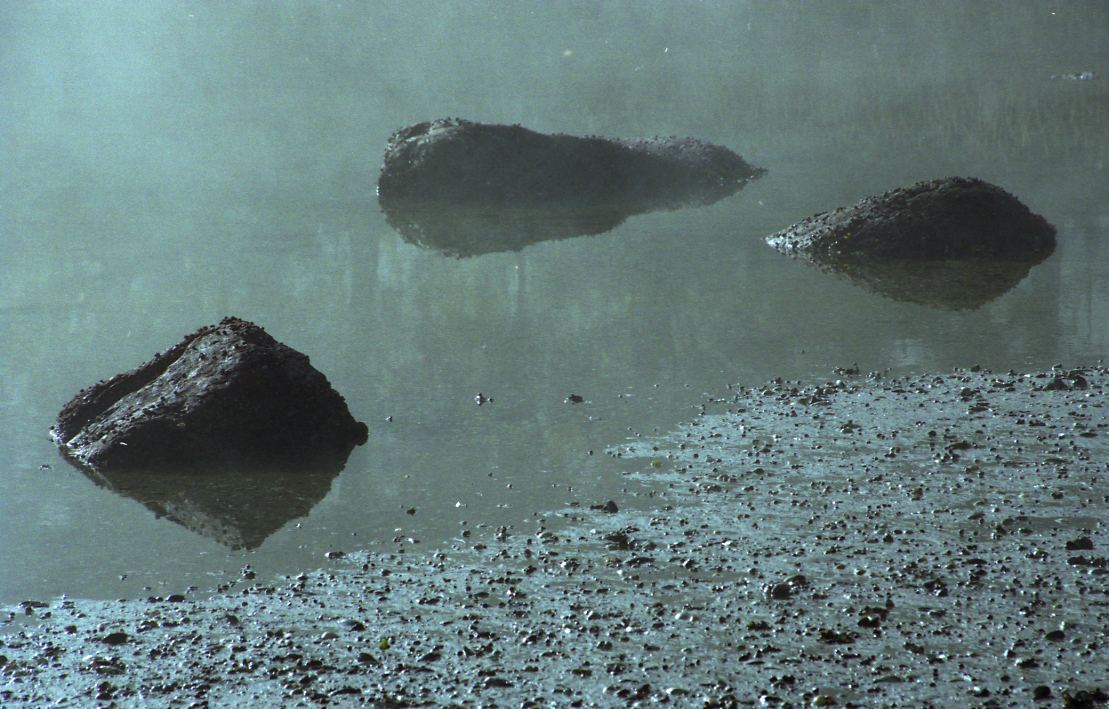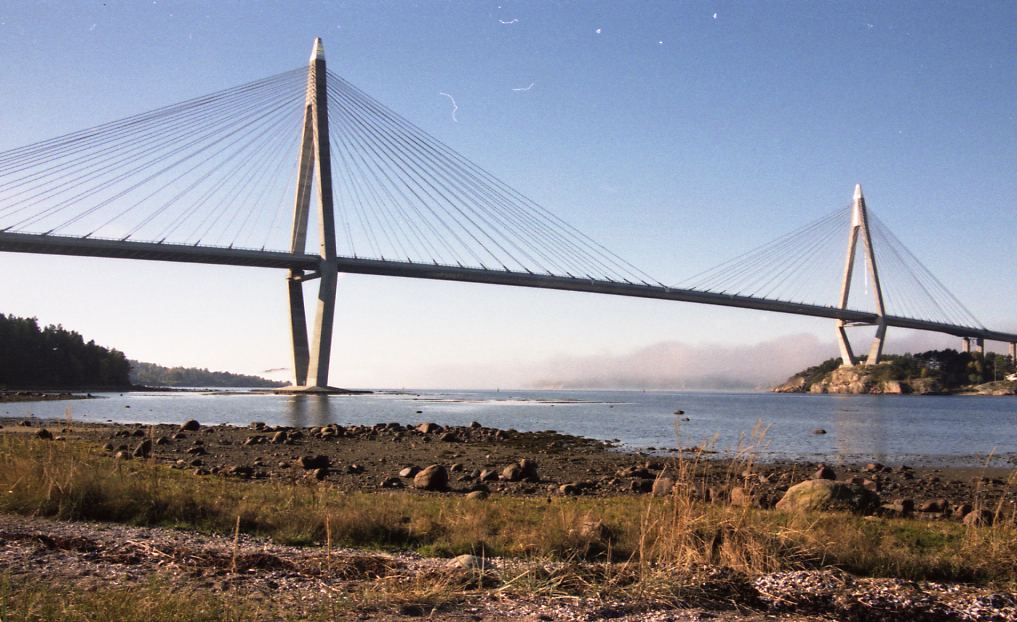
Been there - done that, is what the blasé globetrotters like to say. Uddevalla is not the kind of city you have been to after just one visit. All the valleys and hills make it hard to take in all at once. The city only reveals itself gradually, and it will appear in a different guise in another light or weather condition. Talking about weather, it has rained three out of the four visits i have made. Uddevalla is green alright; moss is growing anywhere it seems, even at some rooftops - or trees.
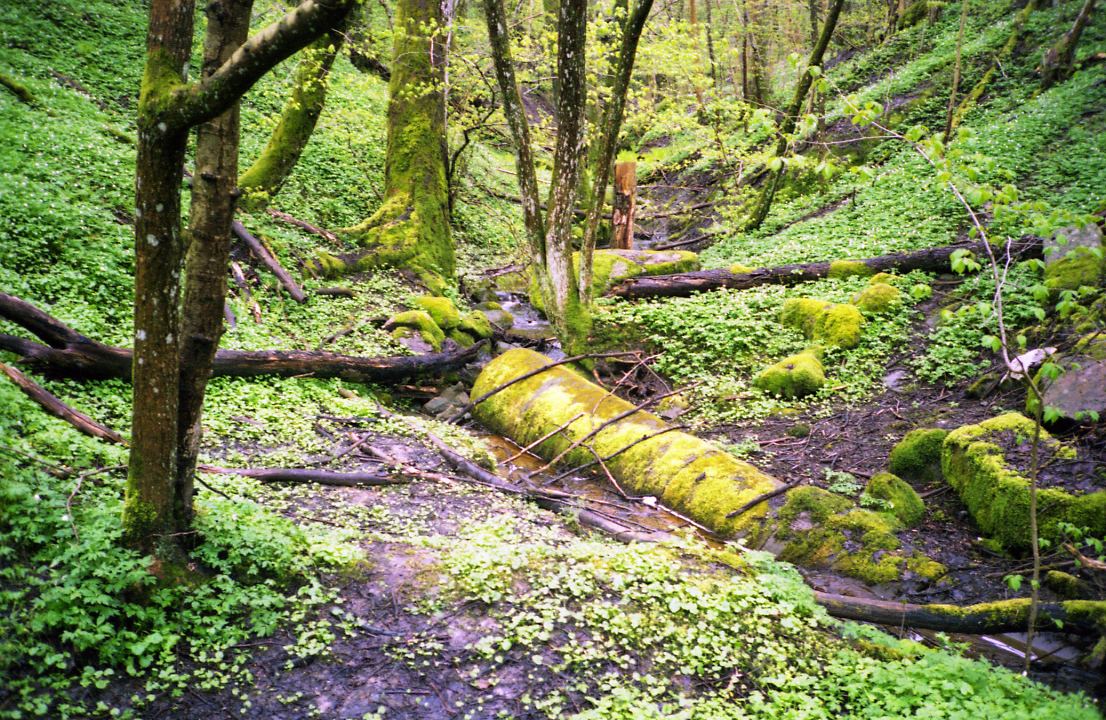
Uddevalla is quintessentially Norwegian in its topography, and thus a fine substitute for Norway itself. The landscape in this part of Bohuslän is very unlike the flat and fertile Halland, further down the westcoast. You may find these rocks either ugly and barren, or majestic and serene. The granite is everywhere around Uddevalla, while it is hardly visible under the topsoil in most other parts of the world. The quality of the bedrock is also undisputable, as it was exported for paving stones all over the world before tarmac became common. As a child I couldn't understand why anyone would buy stones, until I started to travel, that is. Now I know that rocks in many places are so weak, that it can be pulverized more or less between your fingers. Don't try that in Uddevalla!
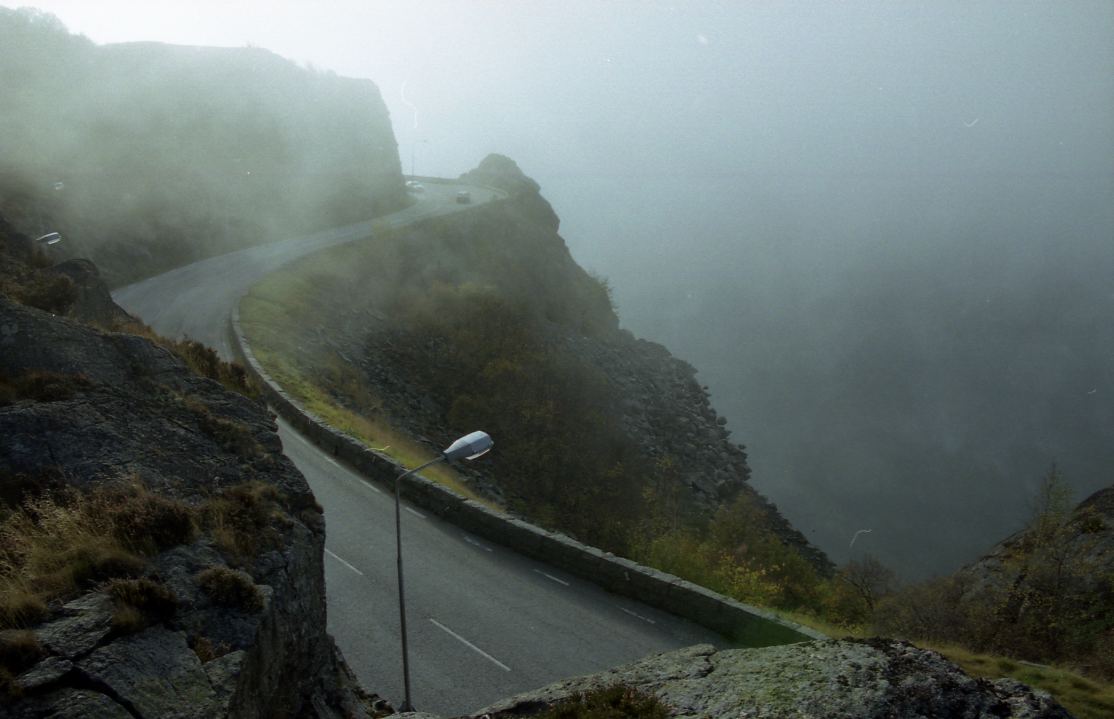
Uddevalla is not situated right by the ocean, but in a protected location deep in a firth (Byfjorden). This makes Uddevalla a somewhat unlikely port city, as ships will need to negotiate some narrow passages along the coast, and inside the major islands Tjörn and Orust before getting here.
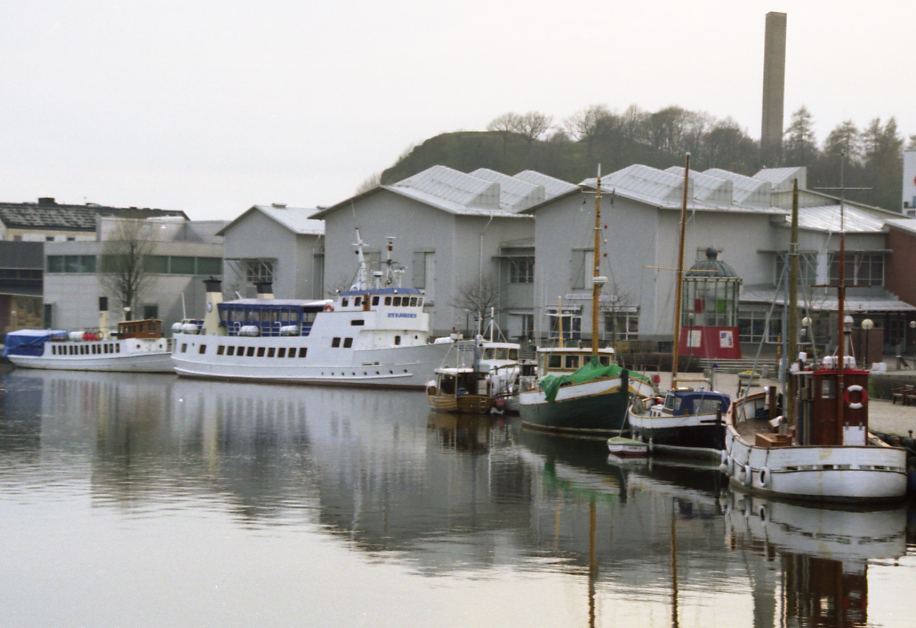
In the same instant as it is said that Uddevalla have a citizenry of some 50.000, it must be mentioned that Uddevalla is not a standalone city, but one in a quartet called Fyrstad. The others are Trollhättan, Vänersborg and Lysekil, with a combined population of closer to 200.000. A former location in different states doesn't appear to have hampered this sense of regional identity. Beside the membership in Fyrstad, Uddevalla could also be seen as a part of the met-area around Göteborg, though that would be a slight stretch (90 km to be more specific).
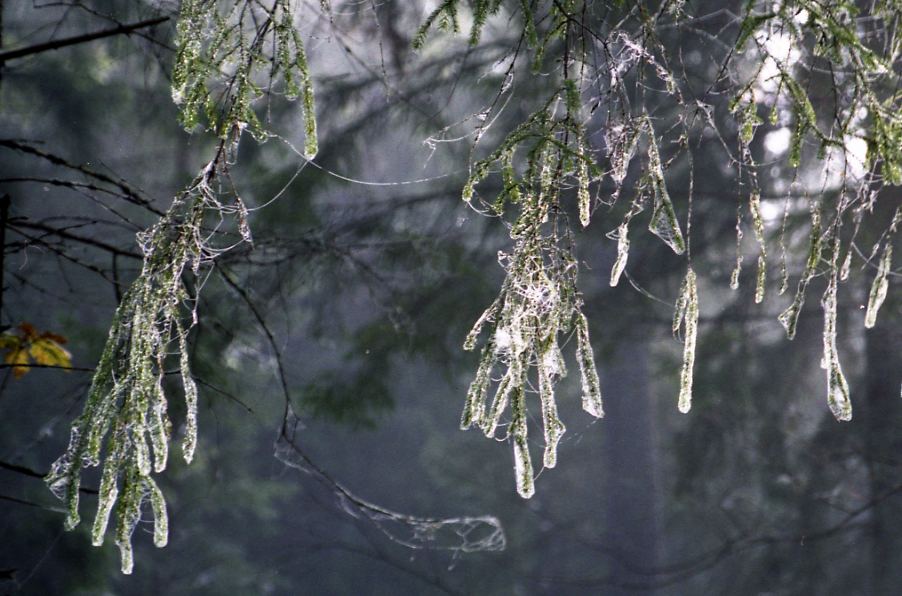
When the transit scene is taken into account, it becomes more complicated. While Trollhättan and Vänersborg were part of Älvsborgstrafiken, Uddevalla was supplied by Bohustrafiken transit authority. Both had differing colour schemes, and ticketing systems. Even as Göteborg was a part of Bohuslän (Bohus state), it was also separated in yet two more entities. The closest region and the city proper had their own respective colours and undertakers. The tickets was however compatible with the rest of Bohuslän, like Uddevalla. Now all of this area, Fyrstad aswell as Göteborg, is under the umbrella of Västtrafik in a common merged state.
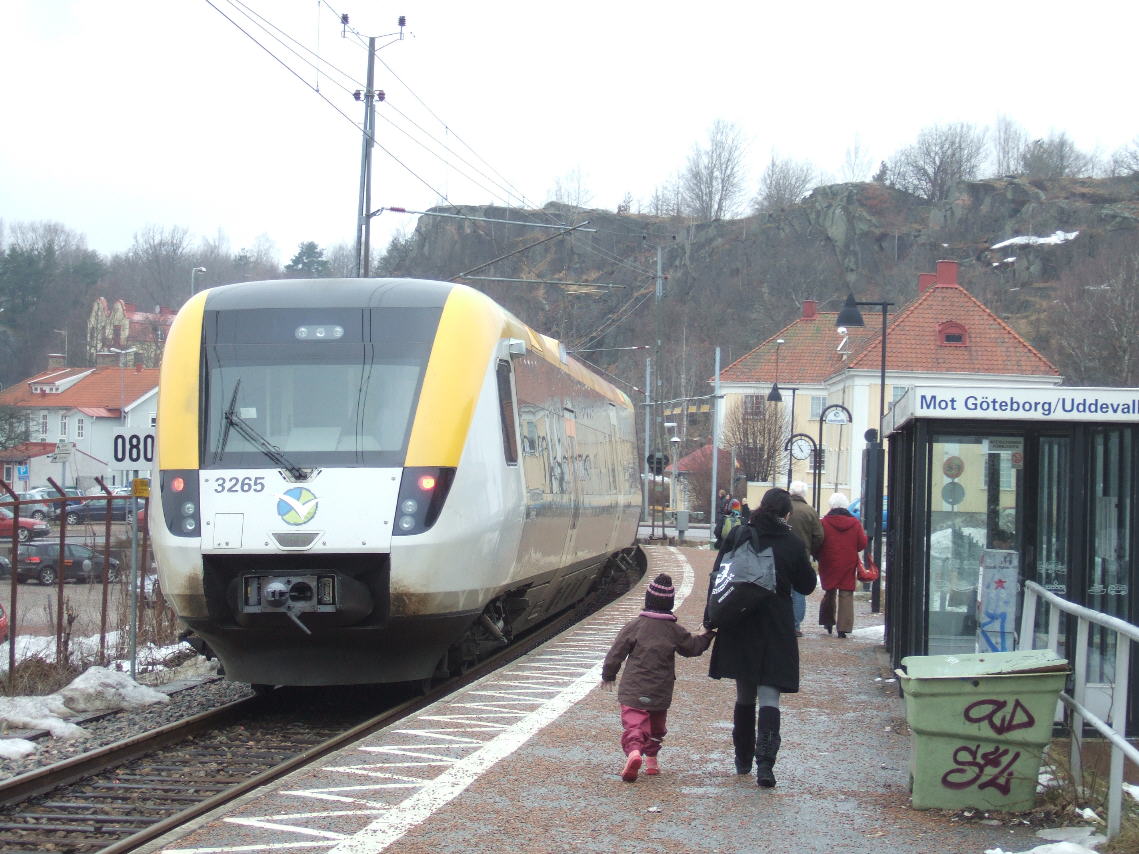
The downtown district with a traditional gridpattern of streets is not very large. Most of the city is built since this way of planning became unfashionable (in Sweden). The newer development is furthermore done piecemeal, as industrial areas, port installations and mountainous terrain already had made their claims. Because of this Uddevalla cover more land than you would think at first glance. A common Swedish trait repeated in many cities. Not the least Göteborg, that gave the notion of urban sprawl a Swedish byname (the latter city's population density is a fifth of that in Stockholm, or a tenth of New York).
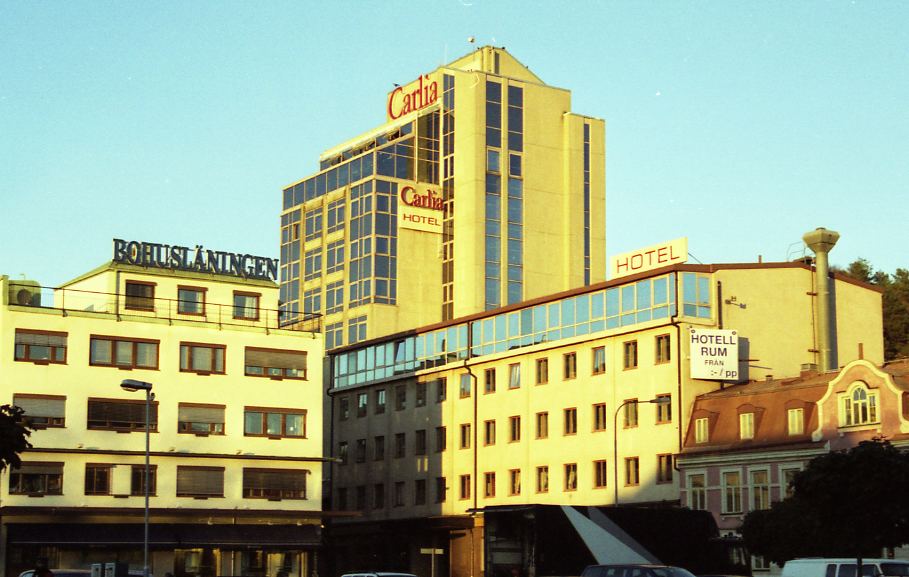
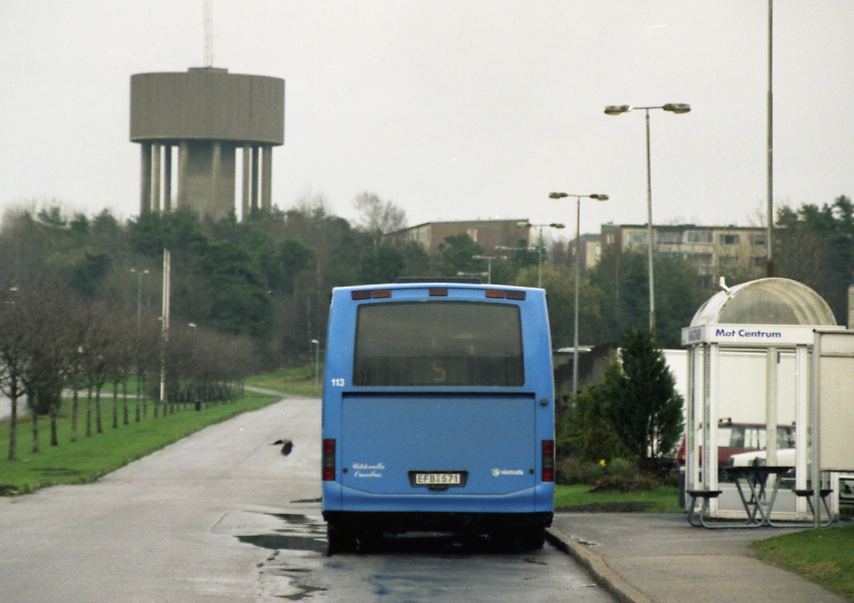
Next to other cities in this size segment, uddevalla comes out on top. The network and schedules in also-rans like Varberg, Hässleholm or Skellefteå is nothing to write home about in comparison. Uddevalla even has two services operating at 15 minutes intervalles all-day, and several halfhourly routes.
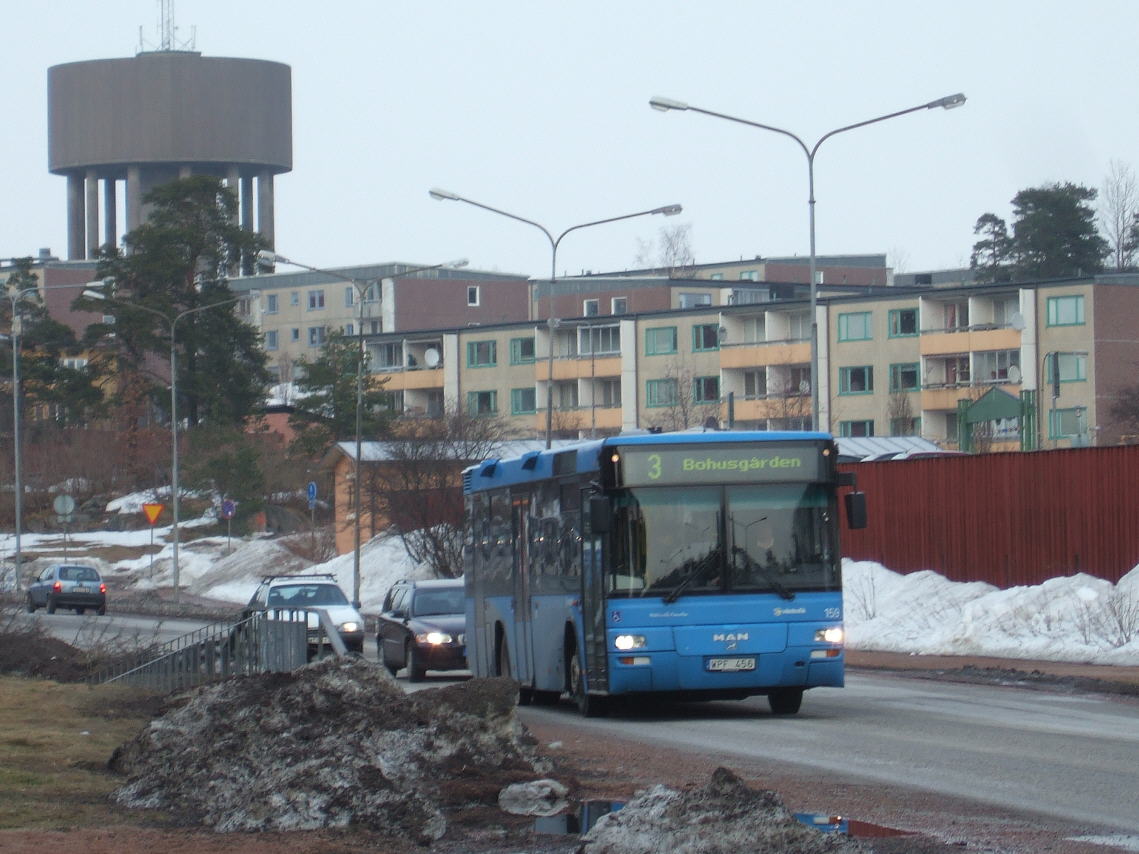
For transit photographers, bus route 5 will offer the most scenic settings. 3 may be more fun to ride, with all the ups and downs. 6 offers a long trip on partly faster roads, and one of the alternative deviations from the final loop, leads to the majestic cable stayed bridge, inaugarated by the king in 2000. Usually only every second bus goes here, as the timetable probably is only (percieved at least) to permit one or the other. The other buses goes to Torp mall. This place can however more easily be reached by bus 1 or 2.
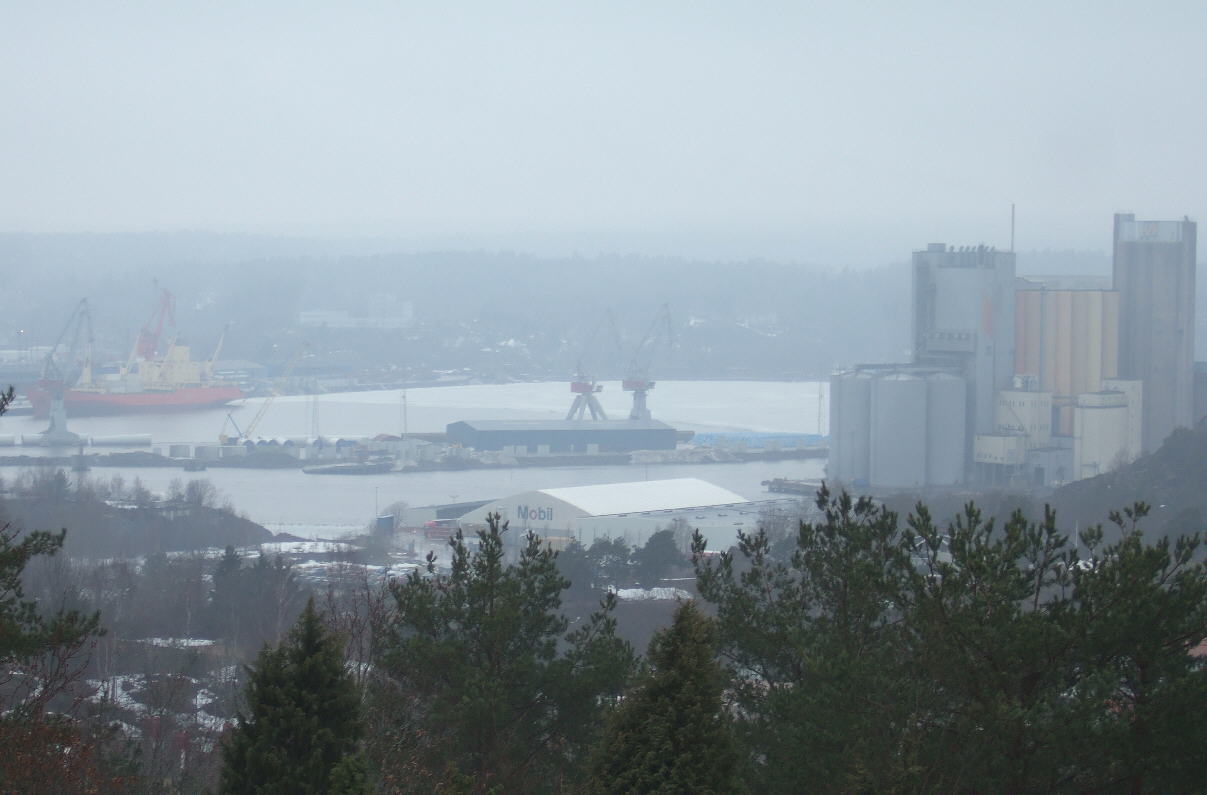
Skalbankarna, are 11.000 years old heaps of shells, mostly situated close to the terminus of route 7. These are considered to be the biggest deposits in the world, and is among the top sights in Uddevalla. Originally one million cubic meters of shells existed, but industrial proportions of harvesting reduced it, until protection came about. Also fossils from over 100 species have been found at the site. I will fix some pictures for you by my next visit to the site.
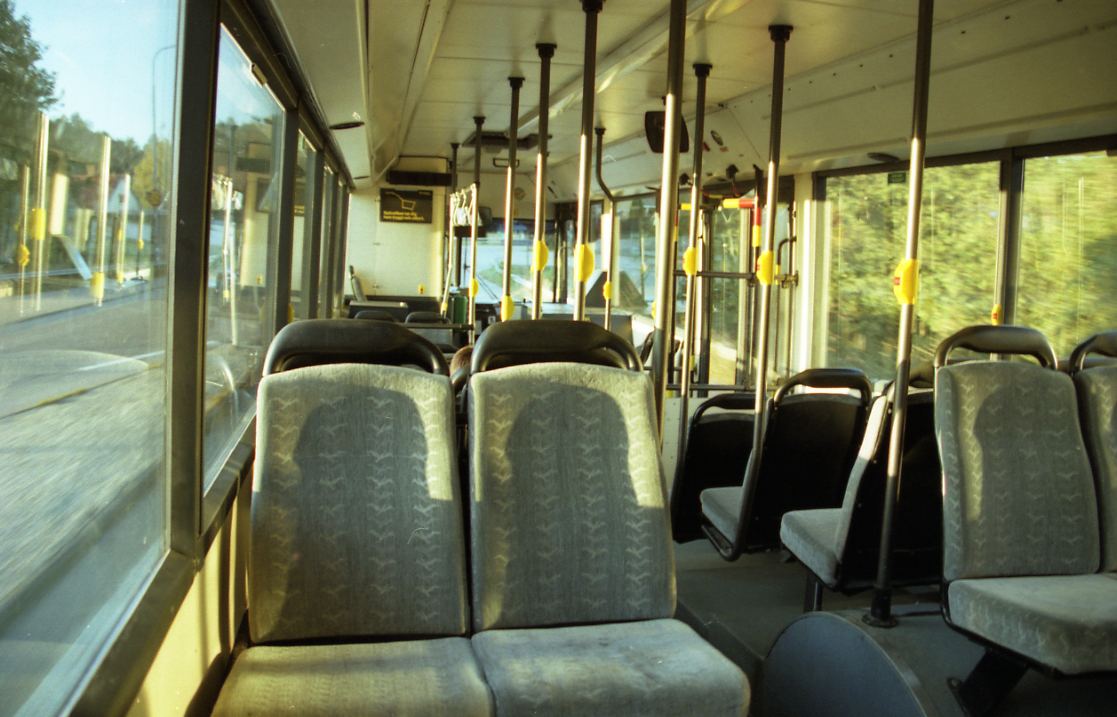
More accessible is Bohusläns museum, next to Kampenhof bus terminal. In visitor numbers it is supposed to be among the top ten tourist attractions in Sweden, believe it or not. I don't know what to think, but take a look in between buses. Admission is free of charge.
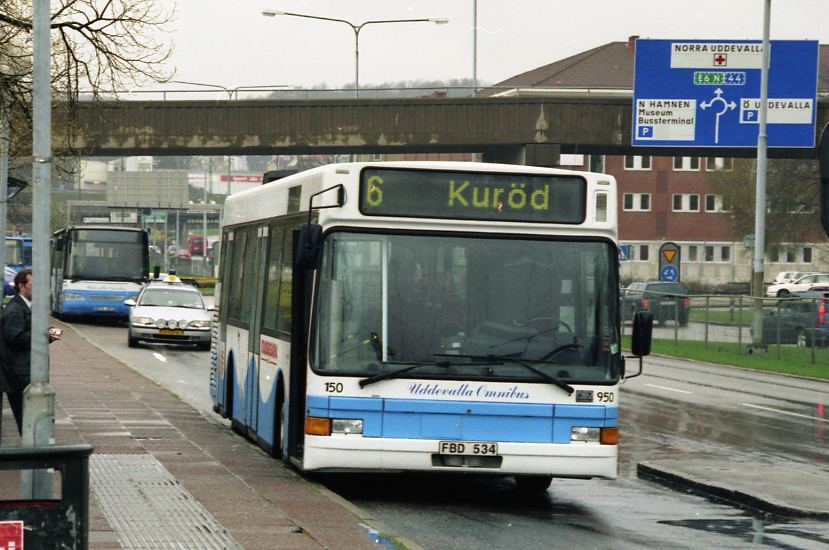
There is a map of the city bus network available on the internet, but I will include a more curvaceous and a little less schematic example for your comfort. This will facilitate the understanding of the city's layout. The size of this square is about 7 by 10 kilometers. Headways for each lines refer to weekdays until 6 p.m. After this time, headways are halved. The exceptions is route 6 that almost ceases, to every second hour, and 7 that just go cold turkey. You should also know that not all bus stops are included in the official map, so there is some additional in between. My specimen only states some names of larger districts, so you will be better off carrying both maps.
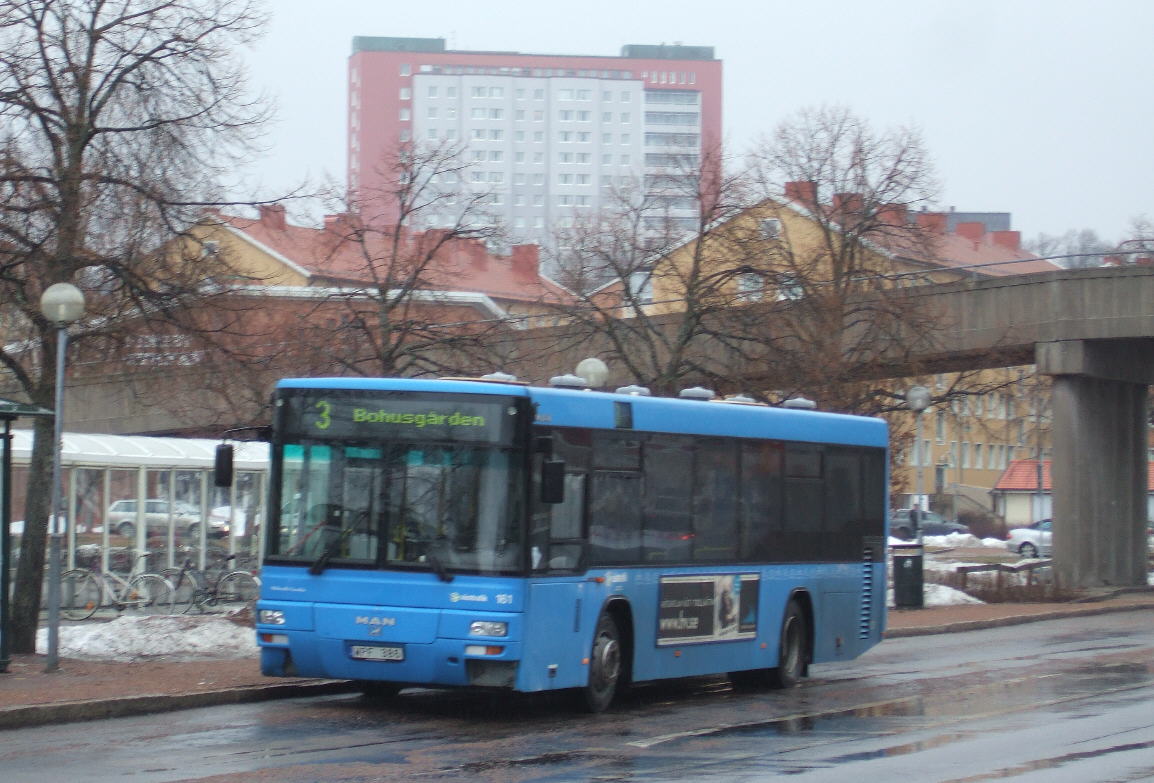
Uddevalla is a part of the very much MAN-infested westcoast, as the bus fleet is (almost) enterely of this making. The MAN tradition actually did not start in this part of the nation, but in Stockholm. Swebus (now Nobina) had ordered ten of these buses to their depot in Tyresö. Before the vechicles were put into service, they changed their mind. Göteborgs Spårvägar, that usually have a sence for doing good business, purchased the buses in 2000. These were the first to get the new blue livery, at least in Göteborg. That eventually became an (almost) all encompassing livery for the Västra Götaland bus fleet.
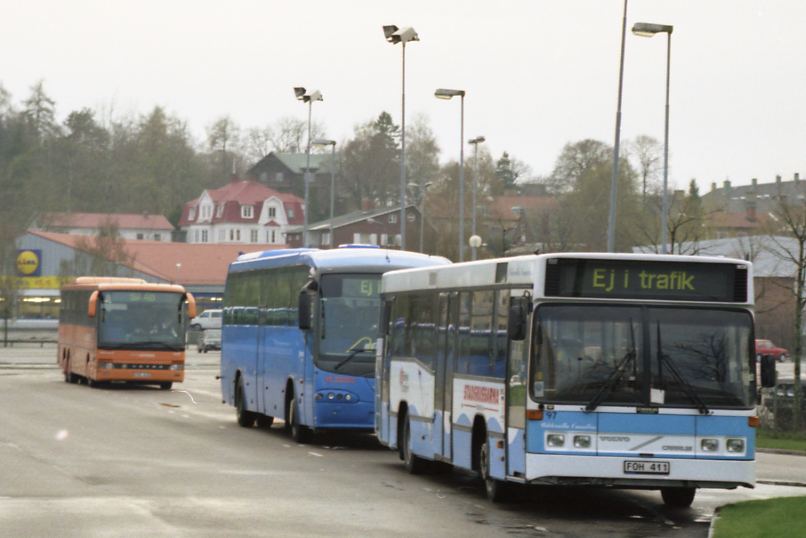
The Uddevalla MAN are lowentrance, but not lowfloor. The bold and original wave-pattern gave way for the so-so blue design, when Bohustrafiken ceded the reigns to Västtrafik. This sea change (!) did not only affect the colour scheme, but eventually the ticket system too (after ten years). The buses weren't repainted all at once, but gradually, and the old livery lingered on for at least until 2004. Today's roster is completely exhanged since then. Only the operator remains the same; Uddevalla omnibus.
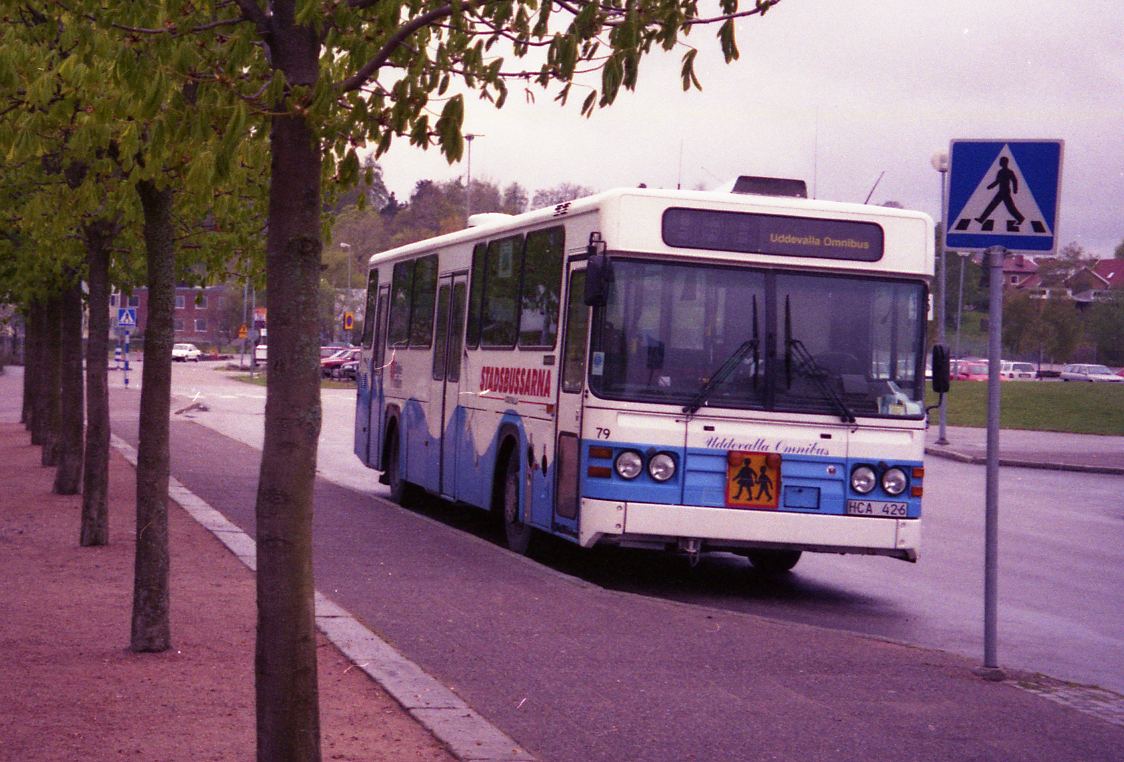
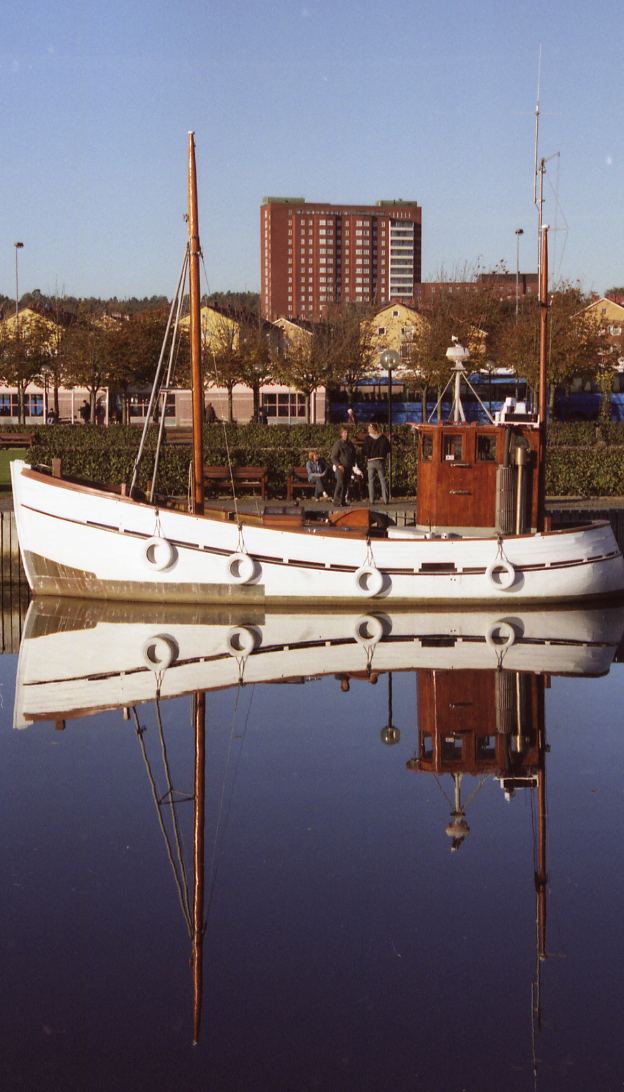
Unfortunately the tourist passes for one or three days have a pricing structure centered on Göteborg. It takes the utmost version called Regionen runt, to be valid as "far away" as in Uddevalla. These passes comes to a steep premium as it is, so steer clear of them, when only travelling in or around Uddevalla. It can only be advisable to get one when staying in Göteborg. Or for those intended to ride around in a vast area the remaining two days.
Either buy single tickets (SEK 25) from the driver (not sold on buses in the immediate vicinity of Göteborg), or use the Västtrafik-kort. This demands a deposit of SEK 50, and can be charged with travelling money at some 700 outlets. A certain rebate for each trip, is the carrot offered with the card. Several people can share the same pass. Alas it is a little bit tricky to obtain this, when handling the onboard electronic ticket validator. Though for one passenger within the city of Uddevalla, a slight touch is all it takes.
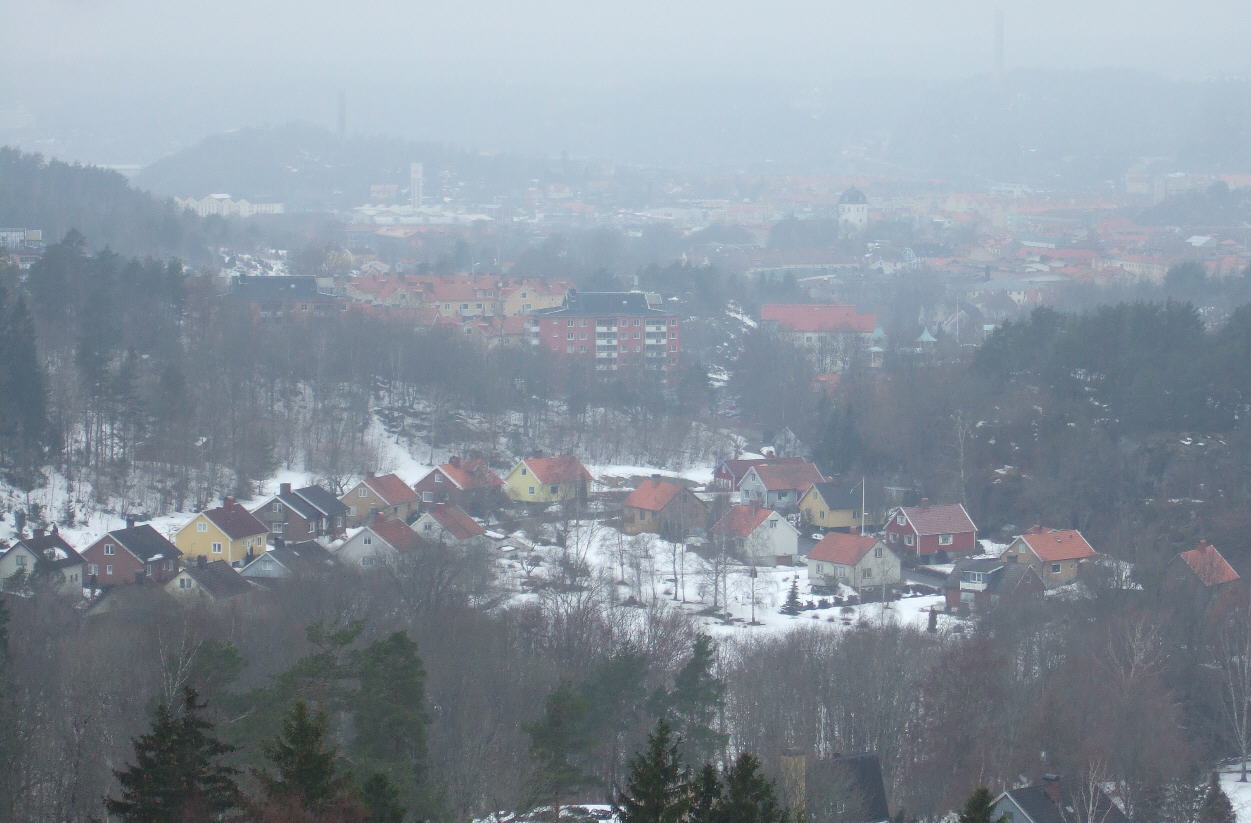
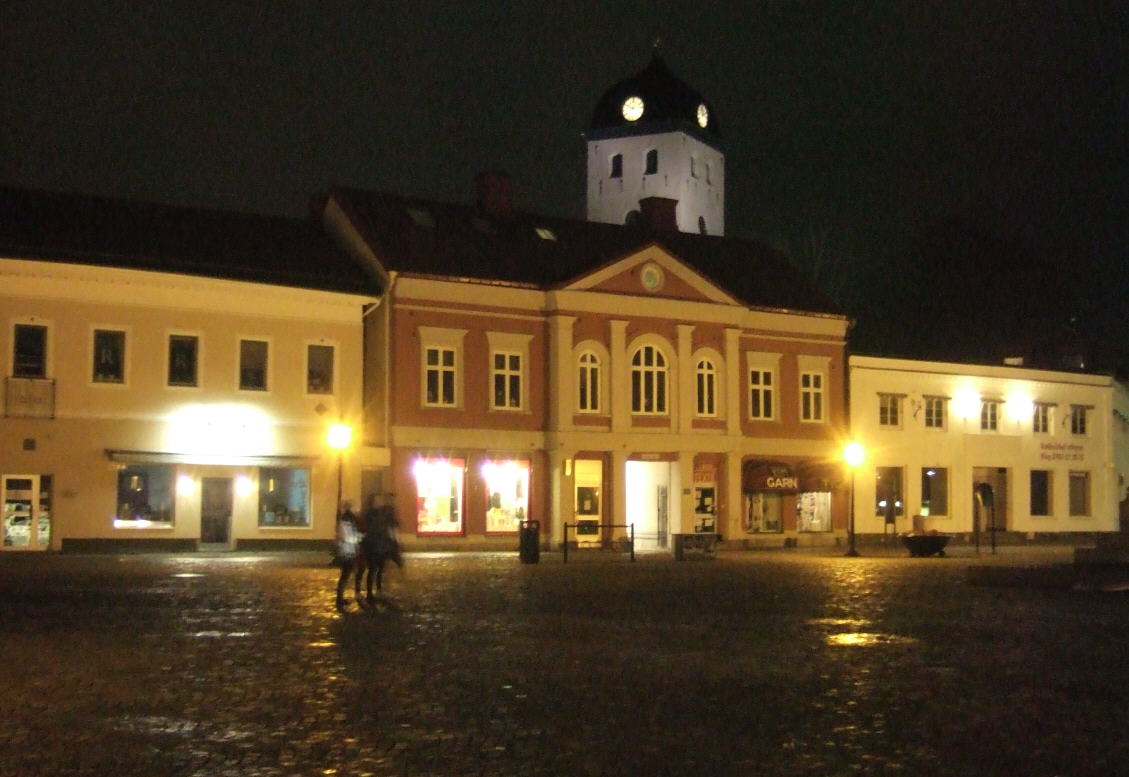
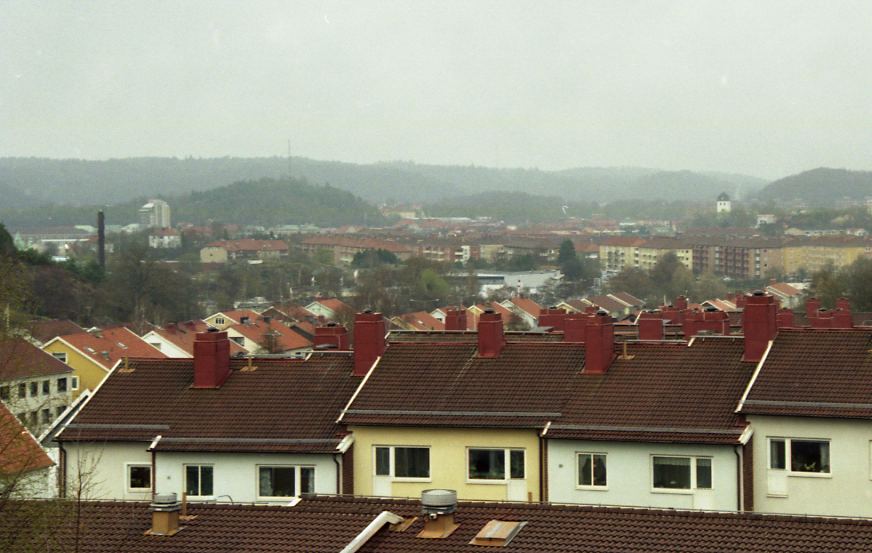
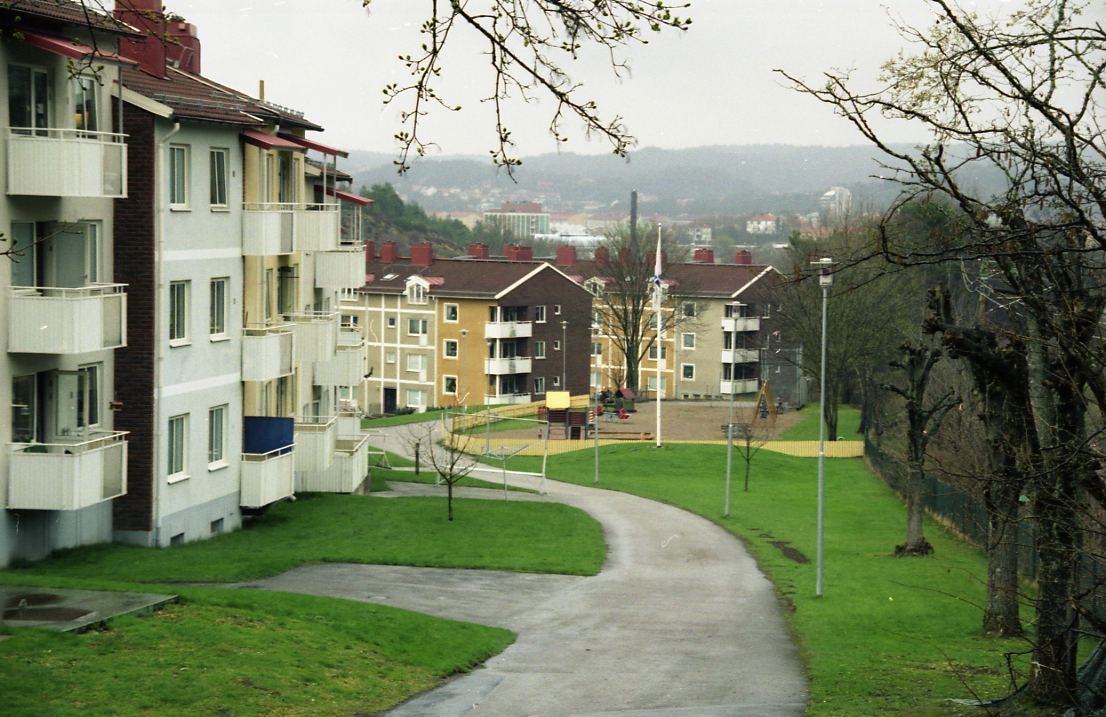
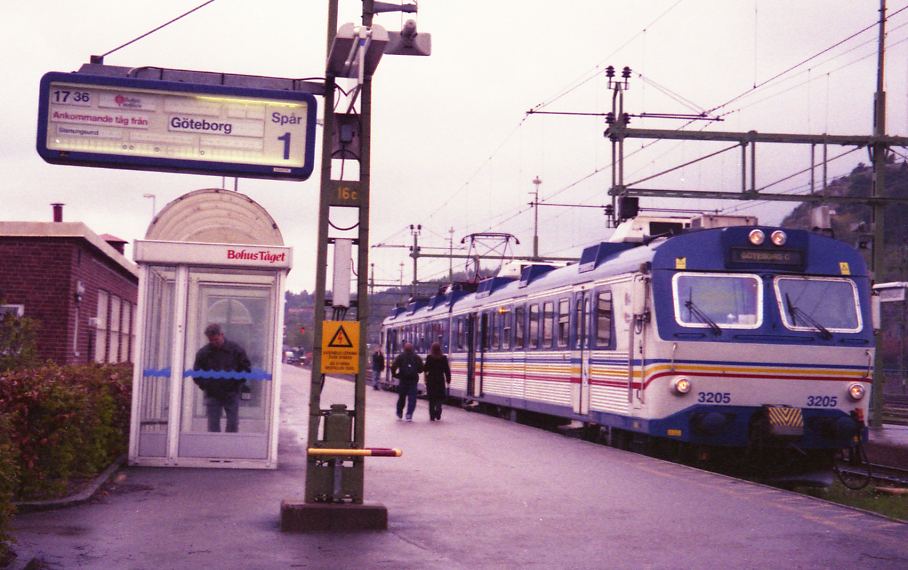
To start with, you need to get to Sweden from abroad. This is done by ferry from Denmark or Germany to Göteborg, 90 km south of Uddevalla. Trains from Copenhagen (Denmark) or Oslo (Norway) is another option. A change in Göteborg is necessary in these cases too. Two airports in Göteborg offers a lot of destinations from numerous countries. Landvetter for high end airlines, and Säve for lowcost carriers, as a general rule of thumb.
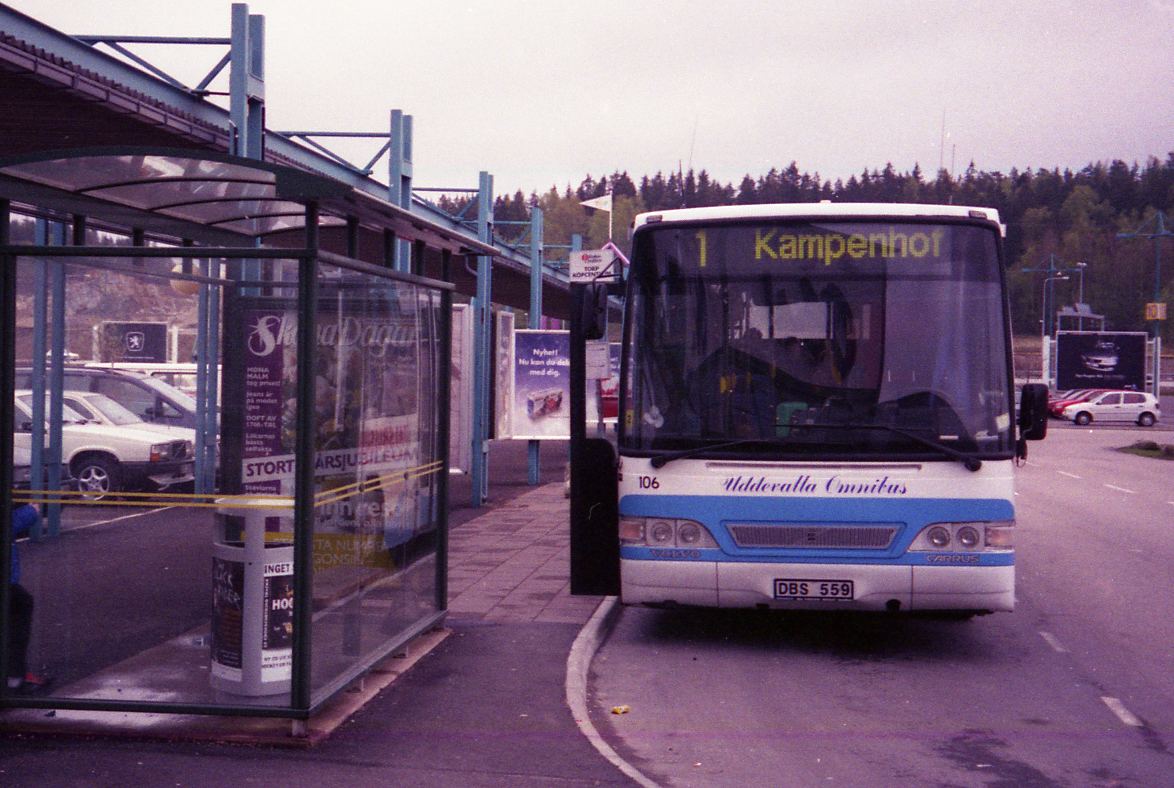
The other year, the trains started to run more frequently (every hour) from Göteborg, so you can chose to arrange accomodation there, and make a daytrip to Uddevalla. Other options for a stay, include Trollhättan to the east (good bus connections), or Stenungsund (40 km south) by the same train as from Göteborg. Many other possibilities along the coast is available, but sometimes with a hiccup. The meager bus services could require a car, to move around more easily. In this case I guess that you could park at Torp mall in Uddevalla, for a convenient transfer to city buses. Naturally there is also places to stay in Uddevalla. When choosing this alternative, you may want to take a look at the surroundings after a couple of days.
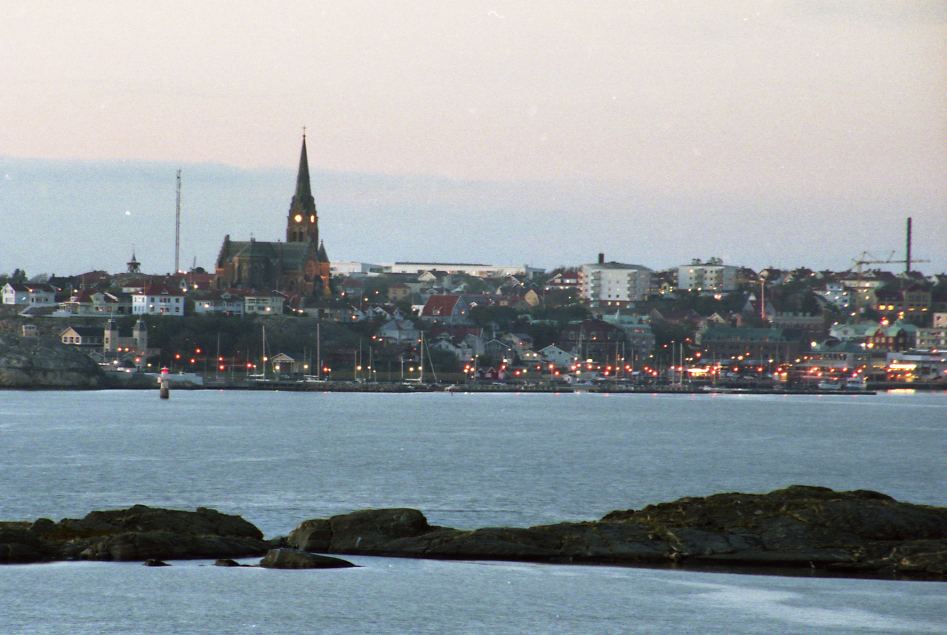
This chapter should naturally include Trollhättan and Vänersborg, but as separate installments are later planned for these, the emphasis will be on smaller places in the vicinity, not covered by another city guide section. Stenungsund have it's own entry in Busspojken, but is just the same another possible attraction. Further north in Bohuslän, rustic fishing villages abound, but that is to farflung from the scope of Uddevalla. After all, the main thread is city transit, and things to do beside exploring this, so we should not venture all to far from that.
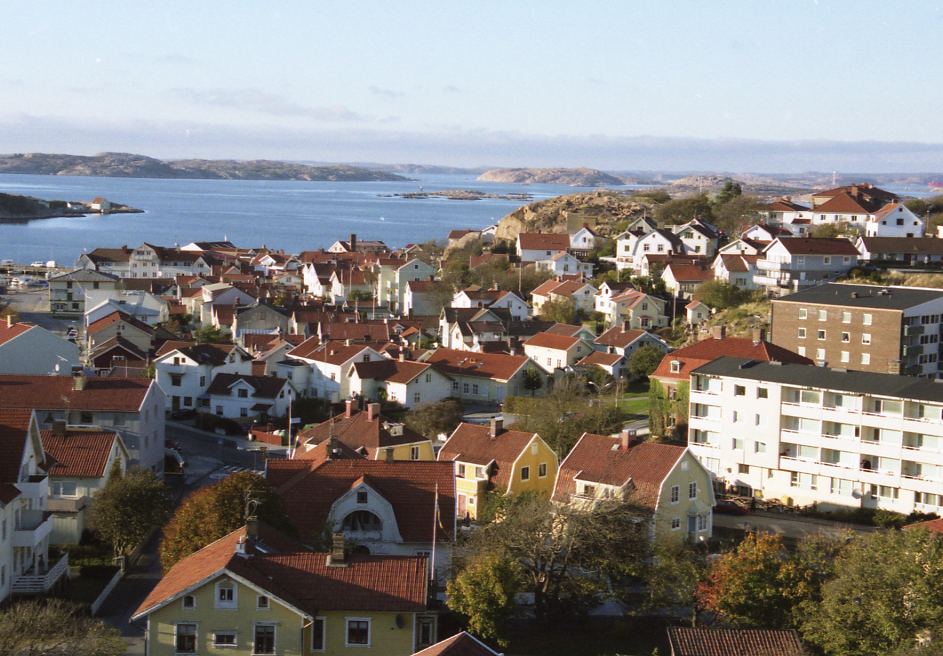
When bolstering the knowledge of the area, among the most obvious destinations is the least of the Fyrstad quartet: Lysekil. Buses runs from uddevalla, using a ferry across Gullmaren firth, a little bit east of Lysekil. A couple of hours should be enough to see the most of Lysekil, but don't miss the ferry to the other side (again). This time it is a small passenger vessel, accepting the same state transit tickets, as it is all part of the tariff cooperation. The ferry is found by the quay next to the most central bus stop. The grill facing the waterside is selling tickets, if there is a need to charge the card with some more currency.
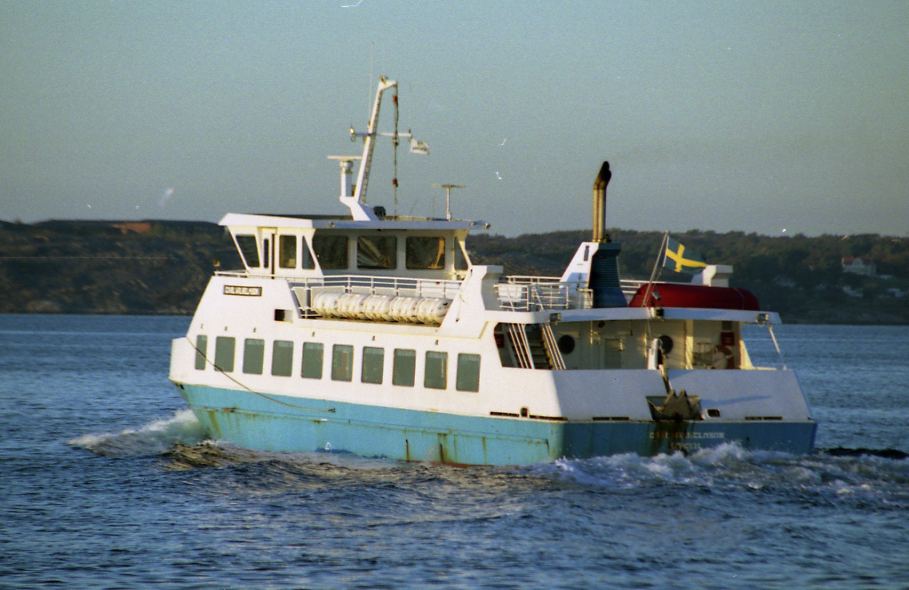
Fiskebäckskil is the name of the small agreeable village across the water. Furthermore another inlet is separating this from Östersidan, the final stop for the ferry. Another bus service is passing here, en route between Uddevalla and Grundsund, at the westernmost tip of the peninsula. I have never been to Grundsund, but I bet it is a lovely place to visit on a fair-wheather day.
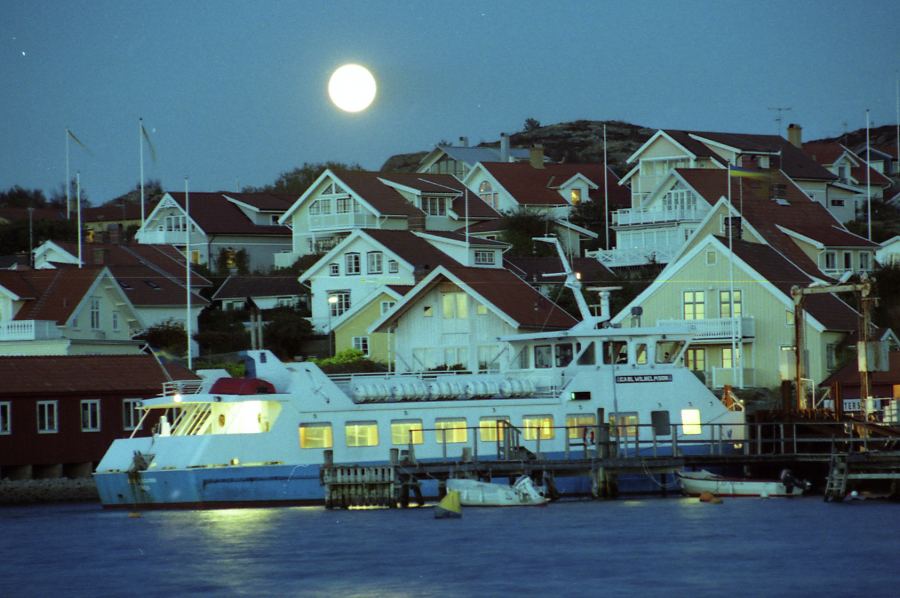
On Orust's northern coast, Henån or Ellös offers other views of the sea. Beside some smaller places along the outer boundaries of this large island, it is mostly covered by forest or farmland. The bus connections are fashioned in accordance to this. In other words not very frequent.
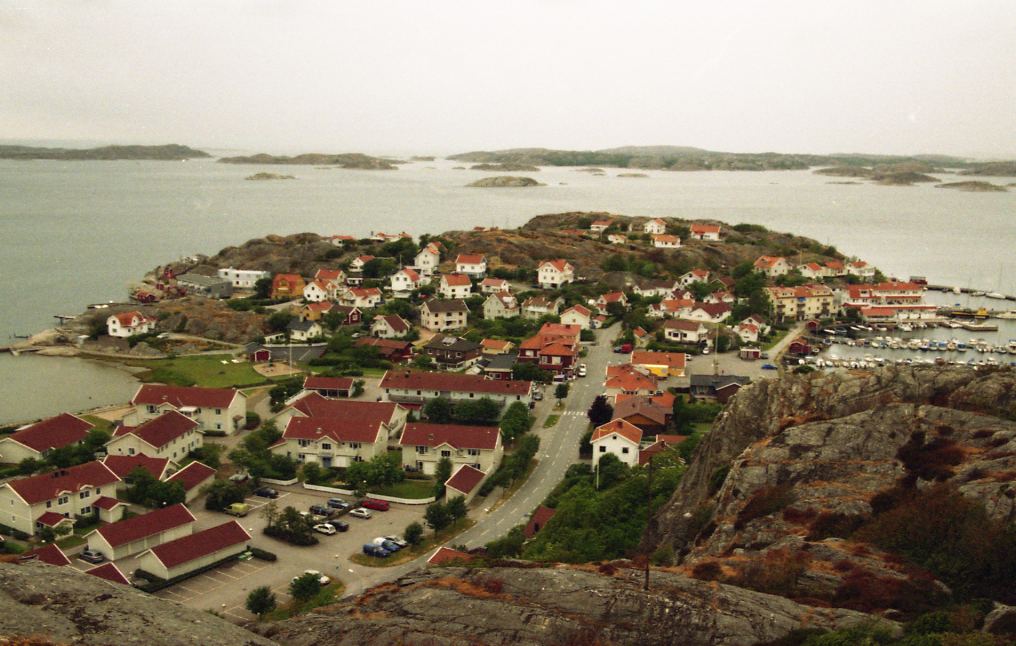
Easier to get to is Ljungskile, as it is the next station by the train bound for Göteborg. The size of the village is conveniently small, but a horrenduos freeway cuts right between the heart of Ljungskile, and the sea. It is hard to believe that somebody would have the guts to destroy such a fine setting this way. If you take the train, you can go back to Uddevalla by bus, or the other way around.
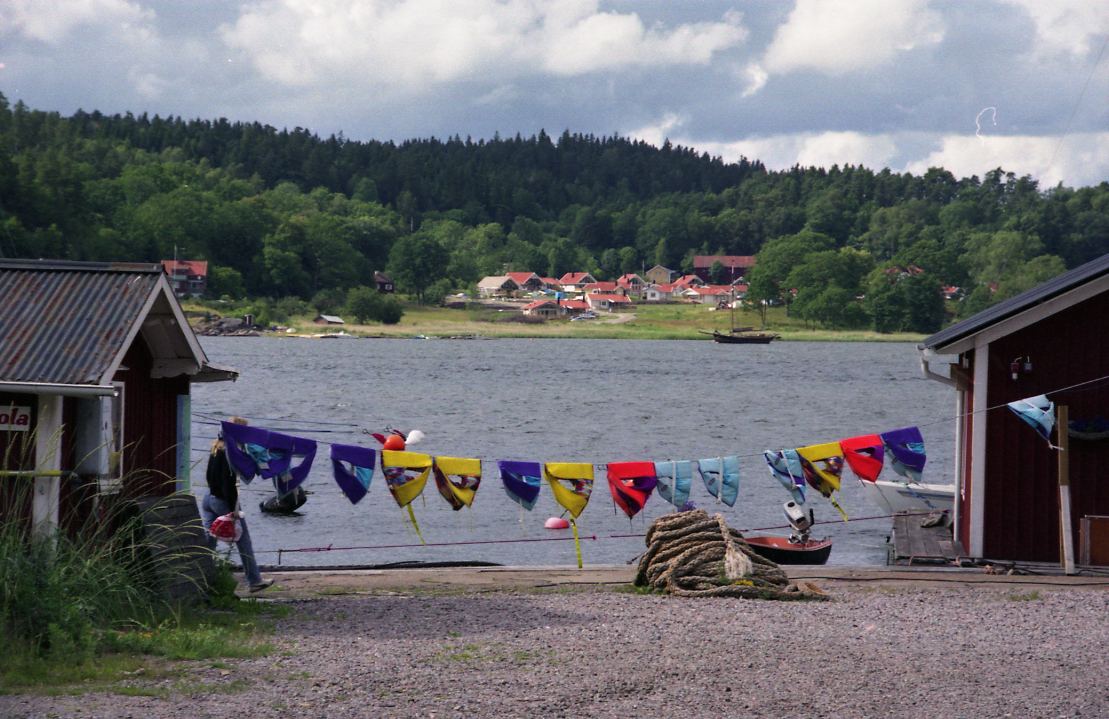
Munkedal, north of Uddevalla, lies a little bit inland, but you can walk down to the coast. This small town offers "more than life", according to their official slogan. At least a narrow-gauge heritage railway may interest the transit enthusiast (July only). A global war museum is under construction, intended to explore 900 years of warfare.
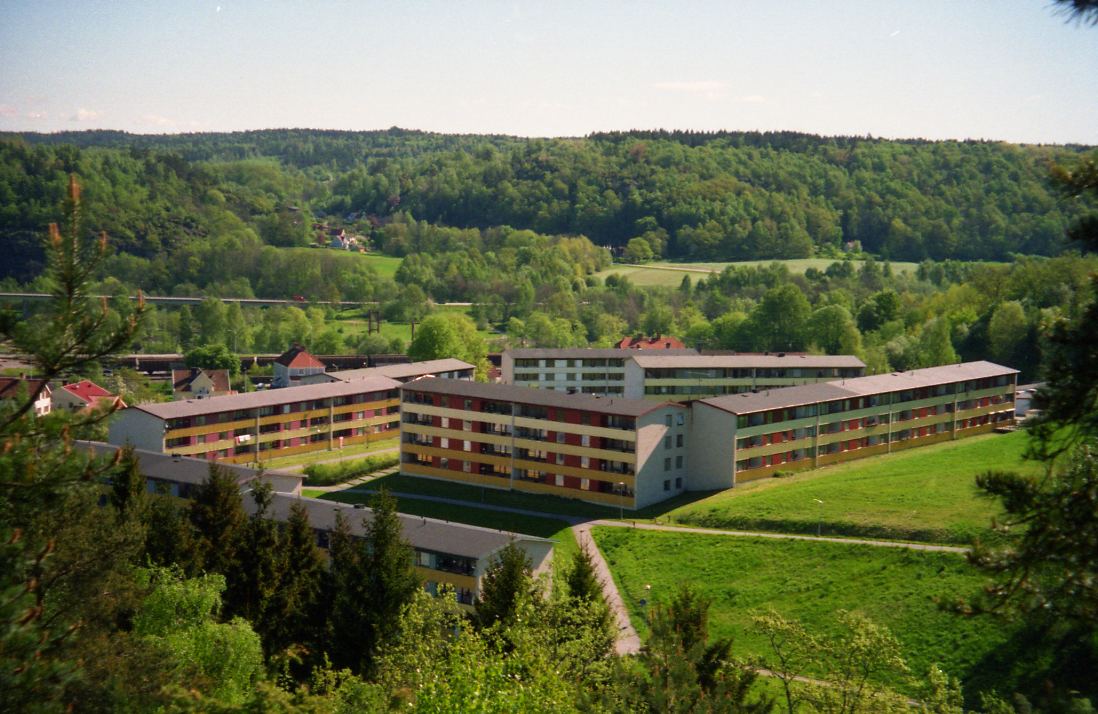
This collection offers some examples, from which you can obtain further information, when planning your trip. All links will open in the same browser window as Busspojken, and thus replace this.
Private search register with information about buses
Western Sweden tourist information (also in English, German, Danish and Norwegian).
STF hostels, Swedish tourist association
Bohus state museum, also English
